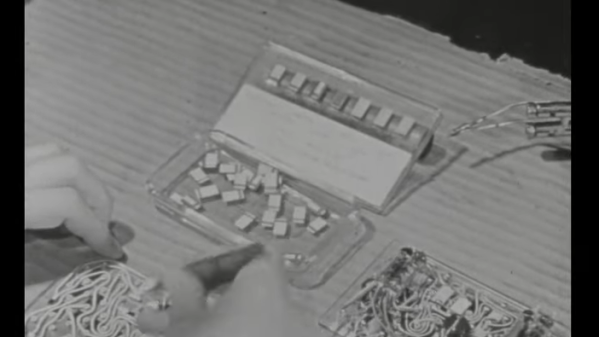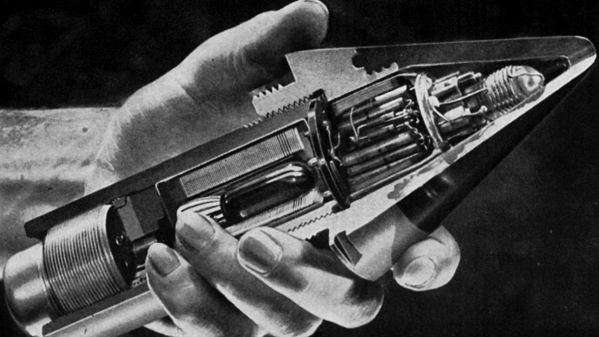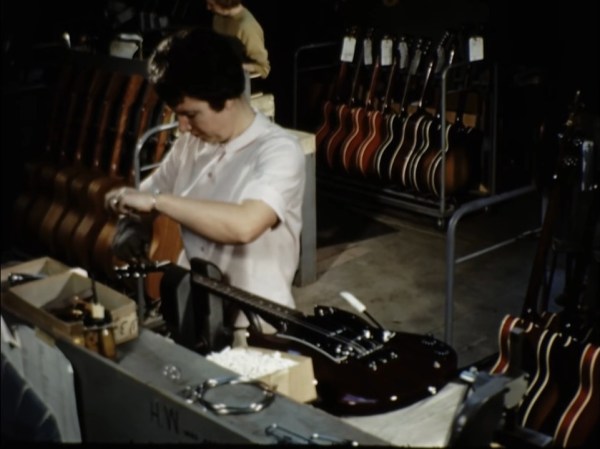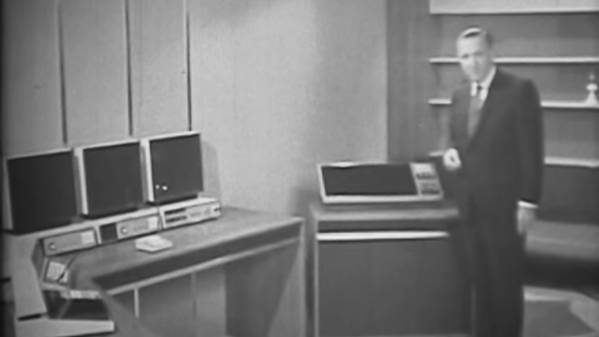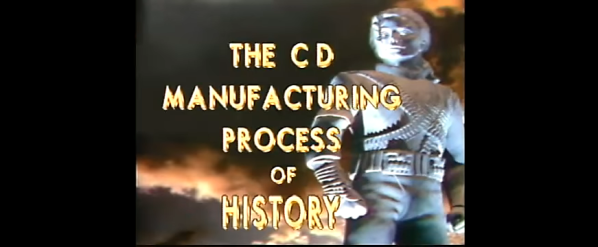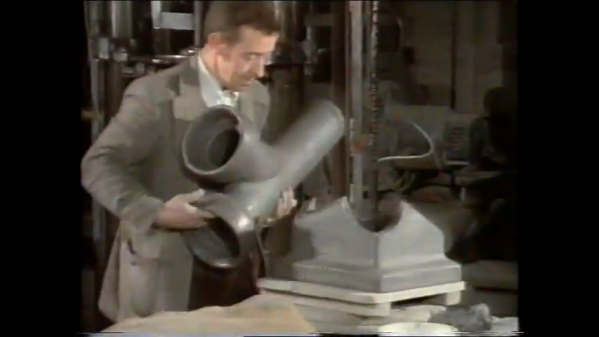Before it was transformed into an ephemeral stream of ones and zeroes, music used to have a physical form of some kind. From wax cylinders to vinyl discs to tapes of various sizes in different housings and eventually to compact discs, each new medium was marketed as a technological leap over the previous formats, each of which justified incrementally more money to acquire.
But that’s the thing — each purchase resulted in you obtaining a physical item, which had an extensive manufacturing and distribution process behind it. And few artists demanded more manufacturing effort than Michael Jackson in his heyday, as revealed by this in-depth look at the CD manufacturing process for The King of Pop’s release of the HIStory double-disc set in 1995.
The video was produced as sort of a love letter to Michael from the staff and management of the Sony Music disc manufacturing plant in Pittman, New Jersey. The process is shown starting with the arrival of masters to the plant, strangely in the form of U-matic videocassettes; the 3/4″ continuous loop tape was normally used for analog video, but could also be used for recording digital audio. The digital audio is then sent for glass mastering, which is where the actual pits are created on a large glass disc under cleanroom conditions. In fact, much of the production process bears a strong similarity to semiconductor manufacturing, from the need for cleanrooms — although under less stringent conditions than in a fab — to the use of plasma etching, vapor deposition, and metal plating operations.
Once the master stampers are made, things really ramp up in replication. There the stamper discs go into injection molding machines, where hot polycarbonate is forced against the surface under pressure. The copies are aluminized, spin-coated with UV-cure lacquer, and sent on down the line to testing, screen printing, and packaging. Sony hired 40 extra full-time workers, who appear to have handled all the tedious manual tasks like assembling the jewel cases, to handle the extra load of this release.
As cheesy as this thank-you video may be, it was likely produced with good reason. This was a time when a Michael Jackson release was essentially a guarantee of full employment for a large team of workers. The team was able to produce something like 50,000 copies a day, and given that HIStory sold over 20 million copies, that’s a lot of workdays for the good folks at Pittman.
Continue reading “Retrotechtacular: 1990s CD Mastering Fit For A King” →

